
Cool Under Pressure - Performance Heat Exchanger R&D, Part 1 - Stock Review
When you slide into the cushy leather seats of your Q50 or Q60 you become somewhat of an orchestra conductor. Underneath the hood is an ensemble of working instruments, neatly arranged to play the moment you turn the ignition. The VR30DDTT fires up like a roll on the timpani with that characteristic Nissan V6 rumble. The woodwinds whistle as the turbos push boost through the intake, and the bass drops as hard as your foot, interlacing this classic concerto with the modern thump of EDM. It all sounds perfect. But what happens when the notes are off? What happens when one of the violists overheats and faints mid arpeggio? The whole orchestra stumbles and the audience can sense every jumbled note, which isn't much of a good look for the conductor. Heat can have a similar effect on your intercooling system, causing that splendid harmony created by all those working parts to feel a bit out of tune.
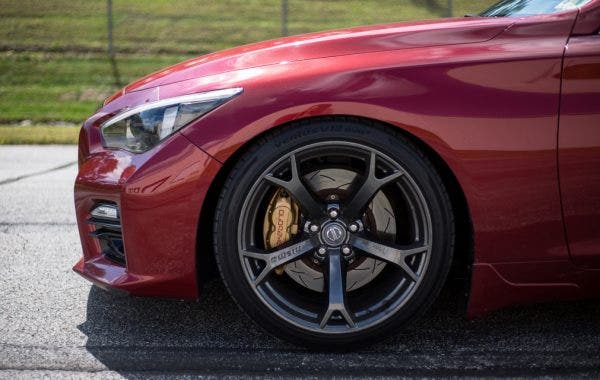
Air-to-water intercooling is the wave of the future when it comes to turbocharged vehicles, and Infiniti was sure to keep up with the times when it came to the VR30DDTT. Basically, without diving too deep into thermodynamics, it's a much more efficient option to transfer heat to liquid. Because of this, the core only needs to be a fraction of the size to have equal if not better cooling qualities to an air-to-air counterpart. Utilizing an air-to-water system is also constantly cycling the coolant throughout the system, which means that even in dense traffic your intake air temps could sit at ambient or lower. With this system, keeping intake air temperatures down isn't completely reliant on the weather.
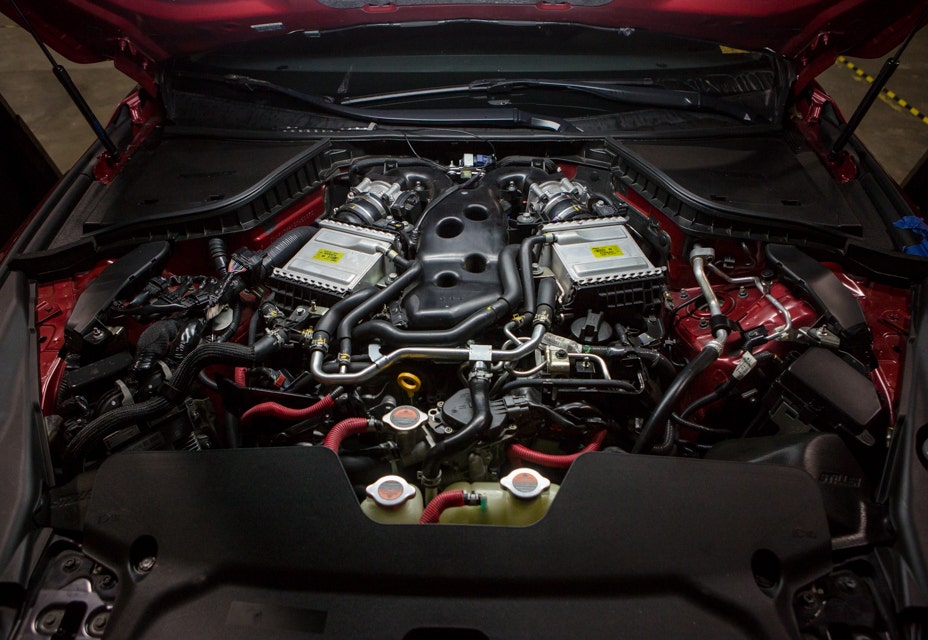
There are some drawbacks, of course. For starters, this type of intercooler system is a bit complex. It's essentially its own section of this mechanical orchestra, especially when it comes to the VR30. Instead of having a hot- and cold-side pipe running to a front mount, there's an additional network of coolant lines, water pump (or pumps if you opted for the RS400), reservoir, and radiator. Generally speaking, increasing the size of the intercooler itself is out of the question since they're either tucked into a tight and precarious location, like the VR30DDTT, or literally built into the intake manifold. In this case, our focus will be on increasing efficiency elsewhere.
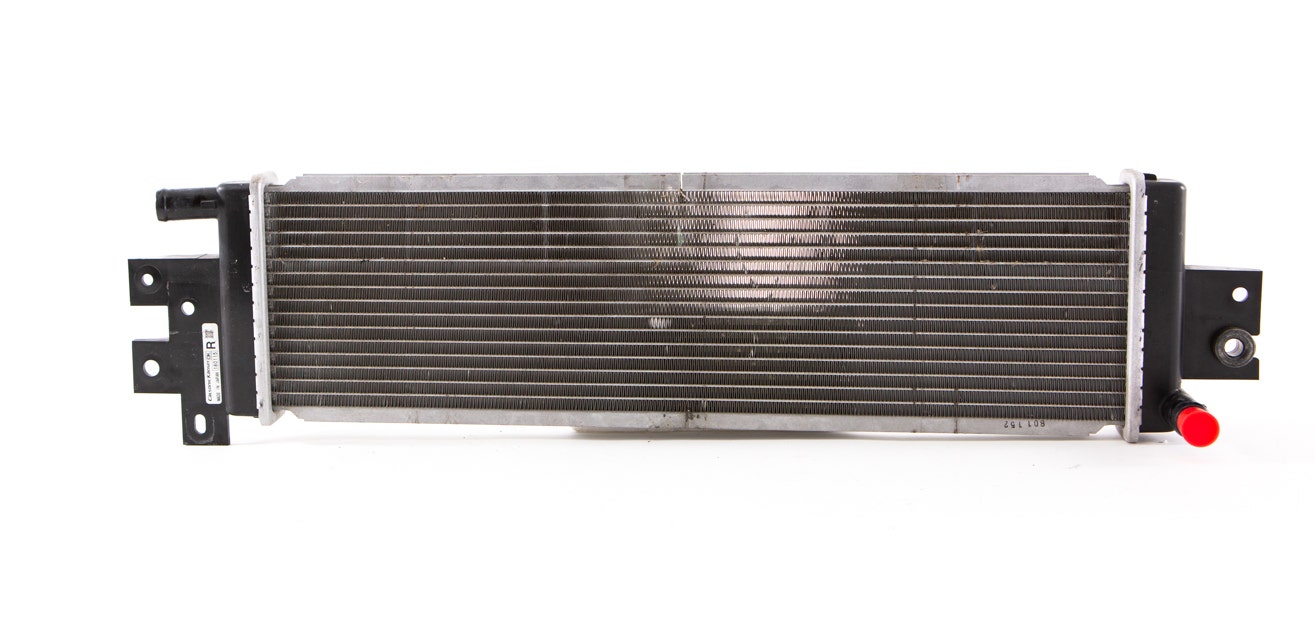
Improving on the secondary radiator, known as the heat exchanger equipped on the 3.0T powered Q50 and Q60, is another option for increasing intercooling power. Instead of keeping the intercooling section as it is, you're subbing out one of your oboes with Slash for an exceptionally cooler ensemble. Before we get into what our engineering team has in mind, let's dive into what exactly needs to be improved.
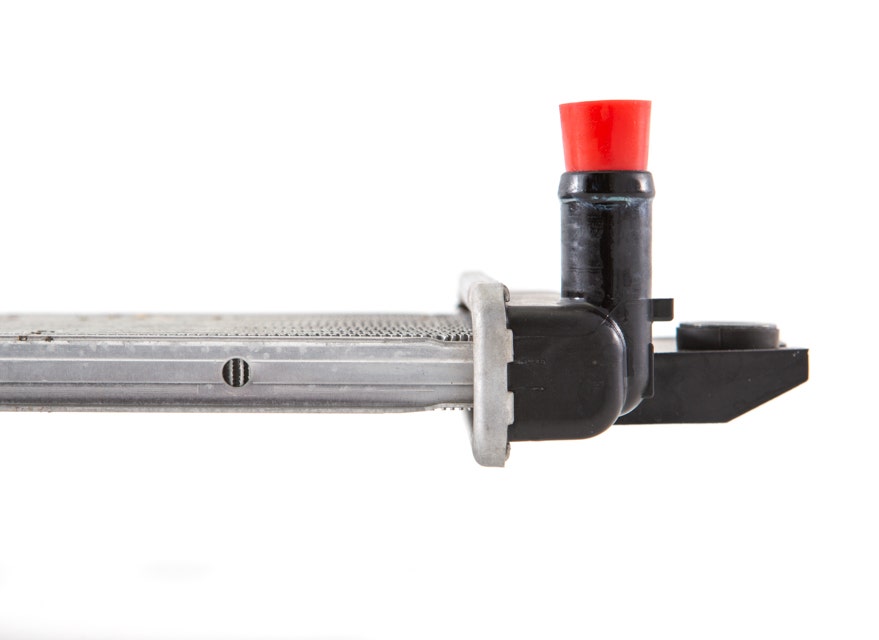
For starters, it's small. We understand where the Infiniti engineers were coming from though. It's adequately sized to keep up with the everyday driver. Well, if you're reading this, I would venture to guess that you're not the everyday driver and seeking to turn up the boost if you haven't already. Much like dropping an intricate piece on a less experienced musician will cause problems, this small heat exchanger will start to fall short of keeping charged air cool.
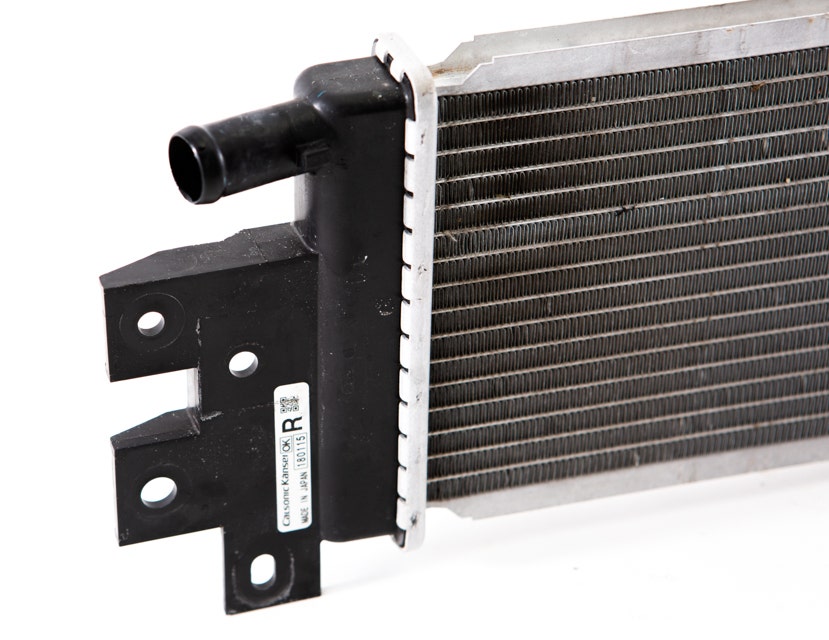
In addition to the size, the plastic end tanks come into question. Granted this is for the ease of mass manufacturing, but with the repeated heating and cooling cycles, the integrity of these tanks comes into question.
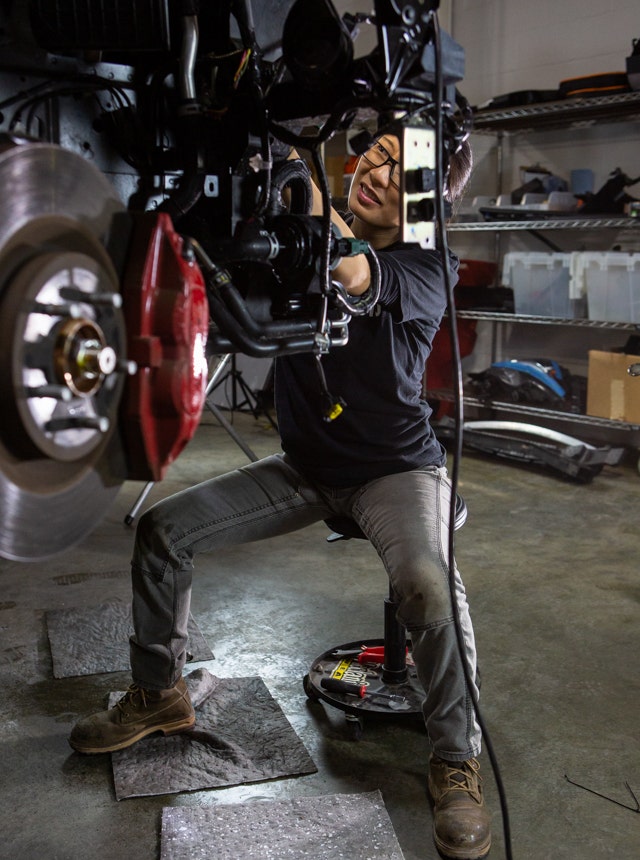
Like the Q50, an orchestra is an intricate machine. Each component is specifically used to create a harmonious sound, but it's obvious to the trained conductor when one section fumbles, just as it would be obvious to the experienced enthusiast when the Q50 isn't reaching peak performance. Surely, we can help with that. Our engineering team is working to bring you a star component for your ensemble, one that can better handle the pressure.
Thanks for Reading!
-Nick




